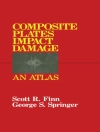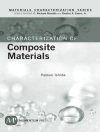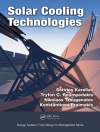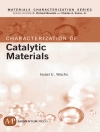This book deals with a ‘bottom-up’ approach to building nanostructured systems, where one starts with atoms and molecules, which constitute the molecular building blocks (MBBs), and assembles them to build a nanostructured material. Nanotechnology MBBs are distinguished for their unique properties. They include, for example, graphite, fullerene, carbon nanotubes, diamondoids, nanowires, nanocrystals and amino acids. All these MBBs, and more, are candidates for various applications in nanotechnology. These building blocks have quite unique properties not found in small molecules. Some of these MBBs are electrical conductors, some are semiconductors, some are photonic, and the characteristic dimension of each is a few nanometers. The examples covered in this book by the sixteen chapters written by authorities all around the world include: (1) carbon nanotubes, which are five times lighter and five times stronger than steel; (2) nanowires, which can be made of metals, semiconductors, or even different types of semiconductors within a single wire; and (3) diamondoids, a form of pure carbon materials which provide excellent building blocks for positional (or robotic) assembly as well as for self-assembly.
The applications of MBBs as presented in this book should enable the practitioner of nanotechnology to design and build systems on a nanometer scale. The controlled synthesis of MBBs and their subsequent assembly (self-assembly, self-replication or positional-assembly) into nanostructures is a fundamental theme of nanotechnology. These promising nanotechnology concepts with far-reaching implications (from mechanical to chemical processes; from electronic components to ultra-sensitive sensors; from medical applications to energy systems; and from pharmaceuticals to agricultural and food chains) will impact every aspect of our future.
Daftar Isi
Thermodynamic Properties of Diamondoids.- Development of Composite Materials Based on Improved Nanodiamonds.- Diamondoids as Molecular Building Blocks for Nanotechnology.- Surface Modification and Application of Functionalized Polymer Nanofibers.- Zinc Oxide Nanorod Arrays: Properties and Hydrothermal Synthesis.- Nanoparticles, Nanorods, and Other Nanostructures Assembled on Inert Substrates.- Thermal Properties of Carbon Nanotubes.- Chemical Vapor Deposition of Organized Architectures of Carbon Nanotubes for Applications.- Online Size Characterization of Nanofibers and Nanotubes.- Theoretical Investigations in Retinal and Cubane.- Polyhedral Heteroborane Clusters for Nanotechnology.- Squeezing Germanium Nanostructures.- Nanoengineered Biomimetic Bone-Building Blocks.- Use of Nanoparticles as Building Blocks for Bioapplications.- Polymer Nanofibers for Biosensor Applications.- High-Pressure Synthesis of Carbon Nanostructured Superhard Materials.












